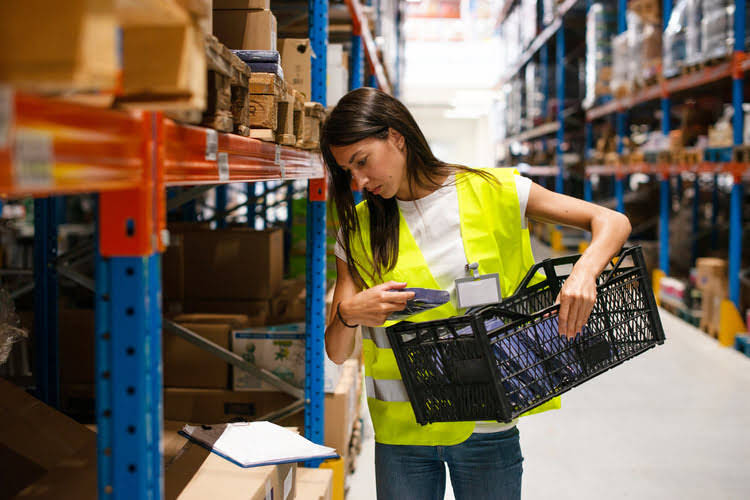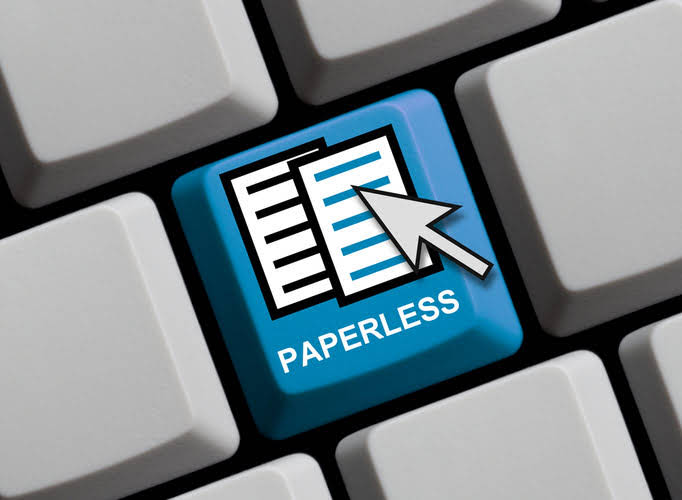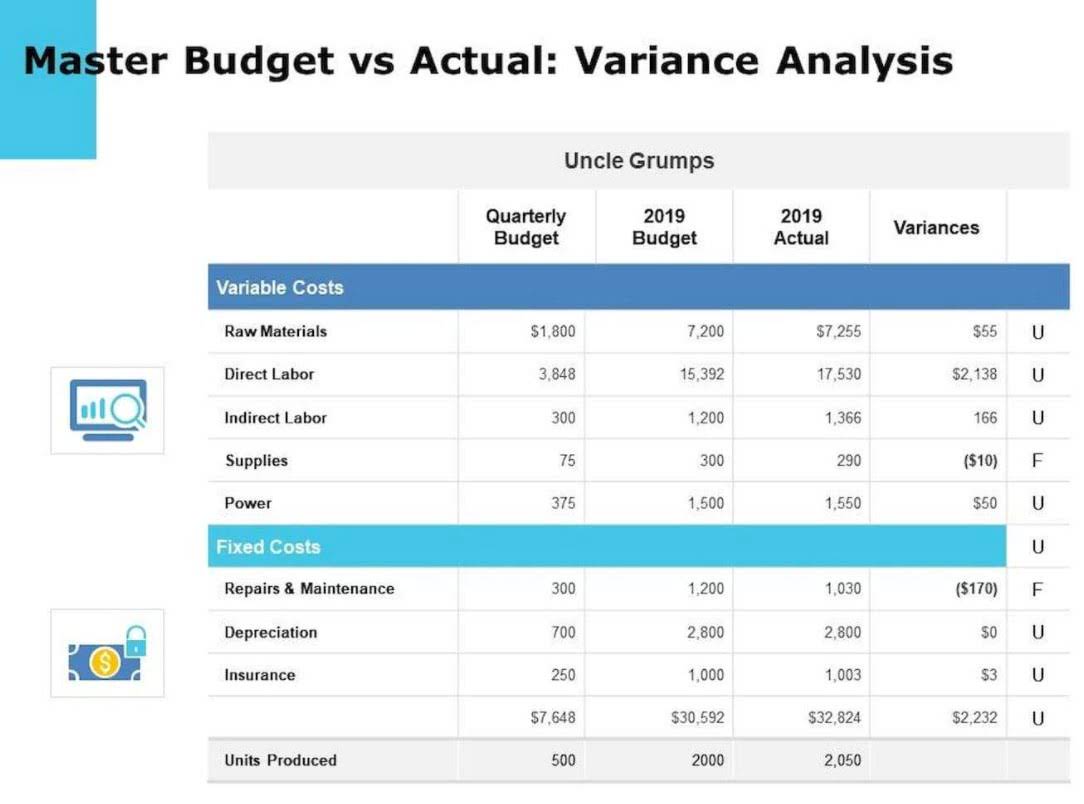What Is a Trade Payable and How Is It Recorded?

In their accounting, bulk beans are categorized as cost of goods while individual bags are categorized as inventory. If you’re worried about this impacting your relationships, you might want to stick with paying bills as soon as they come in and avoid the risk. This method ensures that all transactions are properly tracked and the company’s financial position is accurately represented. By subtracting the DPO from DIO (how long it takes to clear inventory) and DSO(how long it takes to collect from customers), the CCC provides an trade payables overview of how well a company manages its working capital. Trade payable is derecognized when the payment is made, or we can say the liability is discharged when the payment is made.

Benefits and Risks of Managing Trade Payables
Remember, a well-managed accounts payable system ensures smooth operations, better vendor relationships, and improved cash flow. A common example of a trade payable is when a business purchases goods, such as raw materials or office supplies, on credit from a supplier. Until the invoice is paid, the amount is recorded as a trade payable on the company’s balance sheet. Accounts payable is a current liability account that tracks money owed by a company to its vendors and suppliers for goods or services purchased on credit. Trade accounts payable are presented on a company’s balance sheet, a financial statement that provides a snapshot of assets, liabilities, and equity at a specific point in time.
- These obligations are recorded on the company’s balance sheet as current liabilities and are a part of the work for the accounts payable department.
- After recording above journal entry, the buyer sends a debit note (also known as debit memo) to the seller to inform him that his account has been debited for the value of goods returned.
- Trade payables are recorded under “current liabilities” on the balance sheet.
- Automated processes reduce the risk of this occurrence and capture information from the original invoice so you can verify accuracy.
The Difference Between Trade Payables and Accounts Payable
- Accounts Payable refers to a business’s obligations to suppliers and creditors for purchases made on an open account.
- Accounts payable is a liability because it represents obligations that the company owes.
- However, the company you use to design your website is classed as accounts payable.
- Businesses encounter these kinds of liabilities all the time, even if they’re not familiar with the term.
Accounts Payable, while broader, involves simpler vendor transactions and general expense tracking. Match invoices with purchase orders – Verify quantities, pricing, and terms before approving payments. Let’s break down the differences between account payable vs trade payable in simple https://linkfydigital.com/best-accounting-software-for-small-business-2/ terms.

The benefits of trade payables

Use digital tracking tools – Automate vendor communications and provide real-time visibility into payment schedules. Resolve discrepancies promptly – Investigate and correct errors before https://www.bookstime.com/articles/return-on-investment-roi payments are processed. In this guide, we’ll break down these terms and their impact on your daily financial operations.
What are Trade Payables in Accounting? Definition, Examples and Management
- Without proper categorization, businesses will fail to provide the company’s detailed financial overview via the balance sheet.
- As a collective of industry professionals and enthusiasts, we aim to empower organizations with actionable strategies, innovative tools, and thought leadership that drive value and efficiency.
- It signifies a liability on the balance sheet since the business has received the goods or services but has not yet paid.
- Still, it is essential to know that the trade accounts payable process also plays a crucial role in the daily business mechanisms to keep vendor relationships on a positive track.
- In this way only invoices which have been properly approved are entered into the payables system.
- When a vendor statement is received the details on the statement should be compared to the company’s records.
- HighRadius stands out as an IDC MarketScape Leader for AR Automation Software, serving both large and midsized businesses.
If the trade payable is not recognized in the entity’s financial statements, the entity should at least accrue the expenses the same as the trade payable that the entity will have to record. The disadvantages of using trade payables primarily have to do with the challenge of tracking what the company owes to whom, as it scales. Closely tracking the trade accounts payable helps in estimating when specific bills might become payable. This, in turn, enables them to plan ahead for them and repay the amount owed on time. Negotiate mutually beneficial payment terms with suppliers to align with the businesses cash flow cycles and optimise working capital. Ensure that all invoices and transactions are promptly recorded to maintain accurate and up-to-date trade payable balances.

Report

Further, accounts receivable are recorded as current assets in your company’s balance sheet. On the other hand, accounts payable refers to the amount you owe to your suppliers for goods or services received from them. Thus, the purchases account gets debited, and the accounts payable account gets credited.
